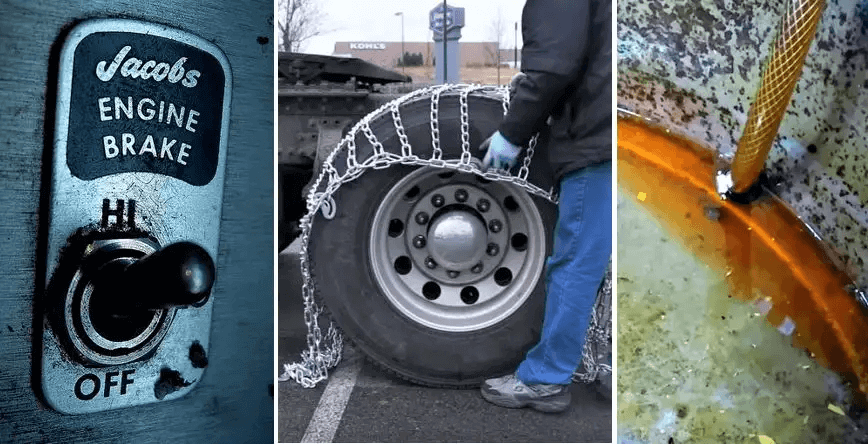
How Many Of These ’11 Winter Survival Tips’ Are YOUR Drivers Doing?
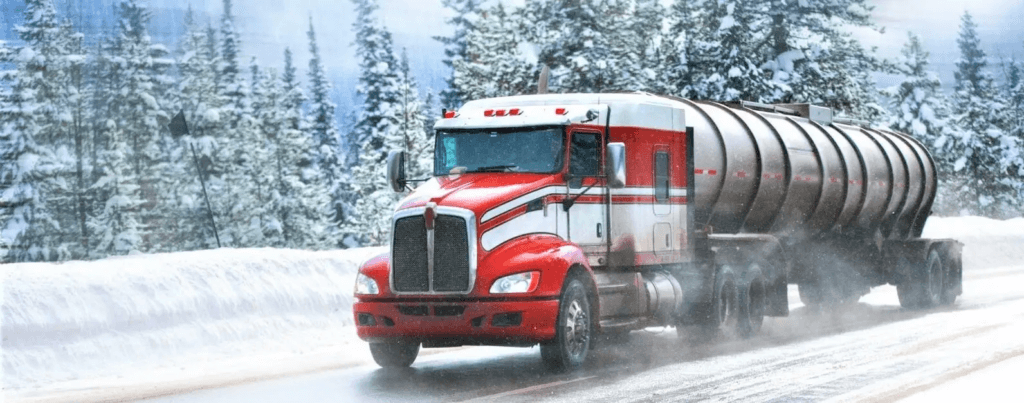
Winter…

A merry time to go sledding, drink hot cocoa and cozy up next to the fire place? OR… A misery-filled season of shoveling driveways, scraping windshields and dodging black ice?
Roughly 135,000 injuries occur on icy/snowy roads in the U.S. each year, and about 1,800 deaths. It becomes an ongoing concern for seasoned drivers and newbies alike to practice safe techniques and remain alert during winter weather driving.
This season Transflo is here to help you through the season! We’ve been in this business since 1991 and we’re taking our knowledge combined with the advice of industry experts (and real truck drivers) to give you a Winter Survival List. This list is designed to save time, money and even lives…
1. Attention on Prevention
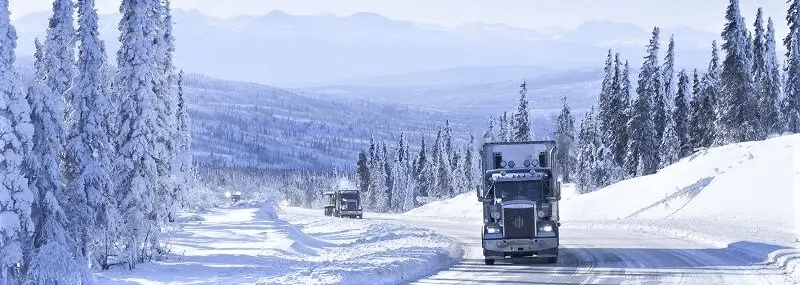
Be Proactive
It’s better to be proactive than reactive which is why it’s crucial to prepare your fleet before the worst of winter hits. The FleetOwner website recommends servicing air dryers, draining air tanks, testing batteries, checking block heater operation and much more! Check out this full list of winter maintenance tips and keep your fleet on the road and on-time for deliveries this winter season.
2. Tip-Top Tires
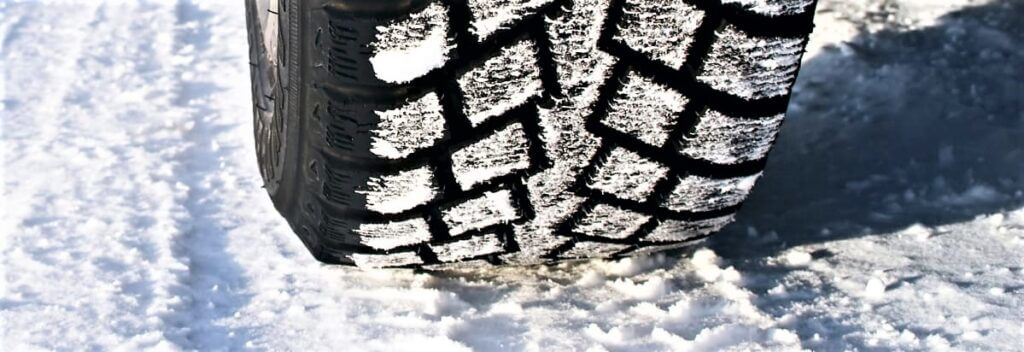
Thread & Pressure
Monitoring tire pressure and thread depth should be a part of routine maintenance year-round but is particularly important when snow and ice are present. Tire Rack recommends that if rain and wet roads are a concern, tires should be replaced when they reach approximately 4/32″ of remaining tread depth. And for snow-covered roads, tires should be replaced when they reach approximately 5/32″ of remaining tread depth to maintain good traction and mobility. For more winter tire tips and videos check out our tire blog post.
Trucker and Reddit user, Karmaplasticity, recommends knowing how to put chains on before winter hits. Tire chain laws, guidelines and requirements differ depending on the state, time of year and the area drivers are in. For a list if each state and their regulation click here.
Note: Even with perfect preparation and the best tires, it’s vital to maintain safe speed and following distance…
3. Go the Distance
During snowy or icy conditions you need more space than you’d think. Consider this football field analogy:

This one is a no-brainer. If you don’t already know to drive slower and with extra distance in winter weather conditions, then you must have been either living under a rock or somewhere in Florida your whole life.

4. Turn Baby Turn
When truck drivers make turns during icy or snowy conditions a smart and simple rule to follow is: “Accelerate, coast through the turn, and then slowly accelerate out.”
Big rigs shouldn’t be afraid to take up those extra lanes for safety!
Also, for turn-by-turn directions designed for truckers, use Transflo’s Navigation feature.
5. Truckers are King of the Road!
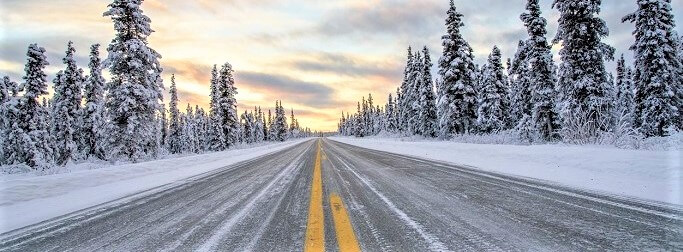
That’s You
You may already know this but from time to time we think trucking professionals need a reminder how awesome they are. As king of the road It’s okay to take certain liberties when operating such a large vehicle. This means taking the extra time needed to make turns and exit highways (especially in icy conditions).
Truckers shouldn’t be afraid of momentarily inconveniencing other drivers. It’s ALWAYS better to inconvenience people for a few extra seconds rather than getting stuck and halting traffic all day. It might seem like we’re being overly cautious about this but trust us, taking that extra 10 seconds to make a turn safely could realistically save you hours.

7. Jake Brakes (an engine braking mechanism installed on some diesel engines)

Drivers, DO NOT use the Jake brake on icy or slick roads. It is not designed to be used in slippery conditions. If you do decide to use the Jake brake in other winter conditions (like snow or slush) it’s important to make sure the tractor trailer unit is lined up and straight before engaging the Jake brake. This will help drivers avoid jackknifing.
In less than favorable road conditions, if drivers decide to use the Jake brake, it’s recommended to use the lowest possible setting (sometimes indicated as either low or 1). Higher settings should be avoided in winter conditions altogether. Jake brake usage varies per truck and driver so know your fleet and know your rigs!
Note: If you insist on using a Jake brake this winter, remember: low for snow.
8. Ramped Up!
Ramps tend to have more ice and snow on them than the actual highway. Therefore, straightening the truck and trailer out as much as possible when using onramps and offramps can avoid accidents. Again, slow braking, early signaling and leaving more than enough space between vehicles is crucial.
Practice these techniques and activate Transflo Mobile’s Navigation Solution to avoid pile-ups like this:
9. Gas & Glass
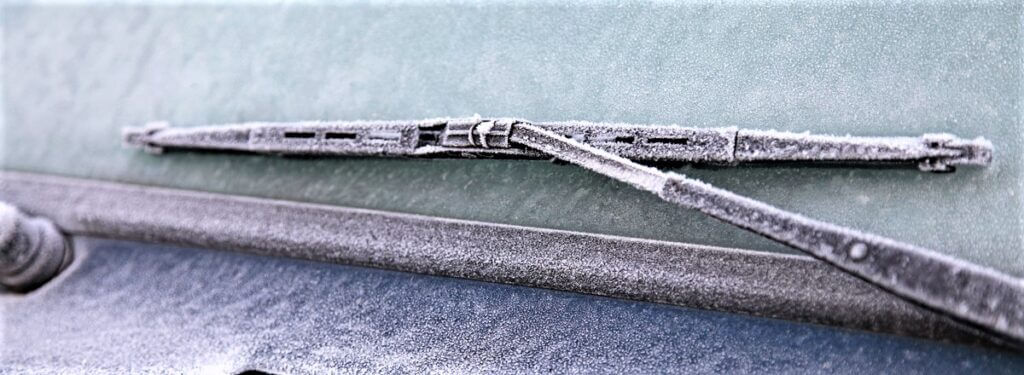
Keep. Your. Tanks. Full.
Winter is the most important time of the year to keep as much gas in your tank as possible. Having an empty or close-to-empty fuel tank creates the risk of condensation formulating in the fuel lines. So, fill up sooner than later AND use myPilot integration in the Transflo Mobile+ app to check wait times at fuel pumps and use the card-less pay option. Time is dollars.

Clean. Your. Windows. Frequently.
Yes, we know this tip seems obvious but far too many truck drivers don’t clean their windshields enough in winter weather conditions. Salt used to de-ice roads can constantly get kicked up onto windshields creating a film (and with it, major visibility issues). Take each chance you get to fully clean your windshield and your lights so that both you and others can clearly see where you are and what you’re doing.
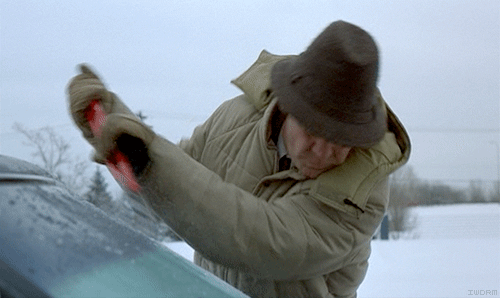
Note: Using de-icing washer fluid can be a major time saver.
10. BLACK ICE

No One Is Immune
No matter how many accidents are caused by black ice, people still seem to ignore the advice. Remember, black ice presents as glossy wet-looking patches on the road during the day and is often completely invisible to the eye at night. If you know your truck is going to be in freezing temperatures that means black ice IS a possibility.

If you do happen to hit black ice, the general rule is to do as little as possible – Do not hit the brakes and try to keep the steering wheel straight. Practicing winter driving techniques mentioned throughout this article can help you and your fleet avoid becoming a victim of black ice.
11. Coolant & Antifreeze
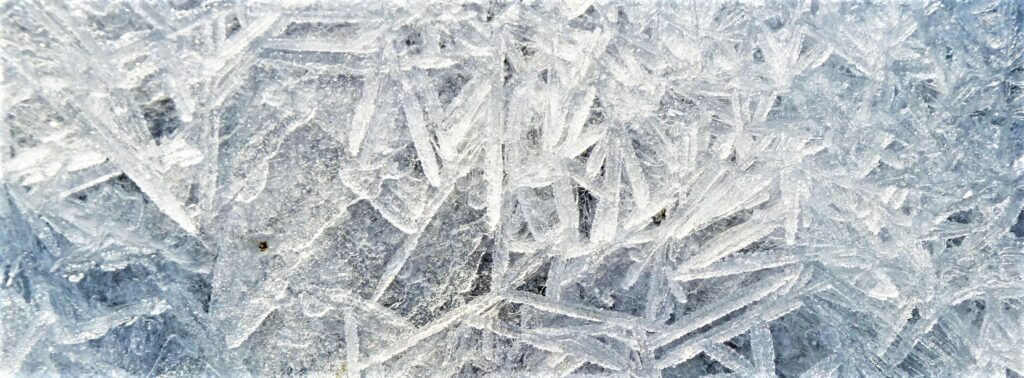
When was the last time your fluids were replaced on your truck/s?
Note: These have a service life of about two years. Plan on checking these before winter season begins and flushing/replacing old fluids. Also, drivers can check for signs of leaks while refueling to prevent roadside incidents.
Proper maintenance and continued best practices while driving in ice and snow can make the difference between an on-time delivery and a freezing cold night spent on the side of the road. If you’re looking for assistance this winter with ELD, safety, navigation, weigh station bypass, time-management and other trucking solutions, please contact Transflo at 813-368-6000.
Let Transflo take some of the stress off your shoulders this winter.




